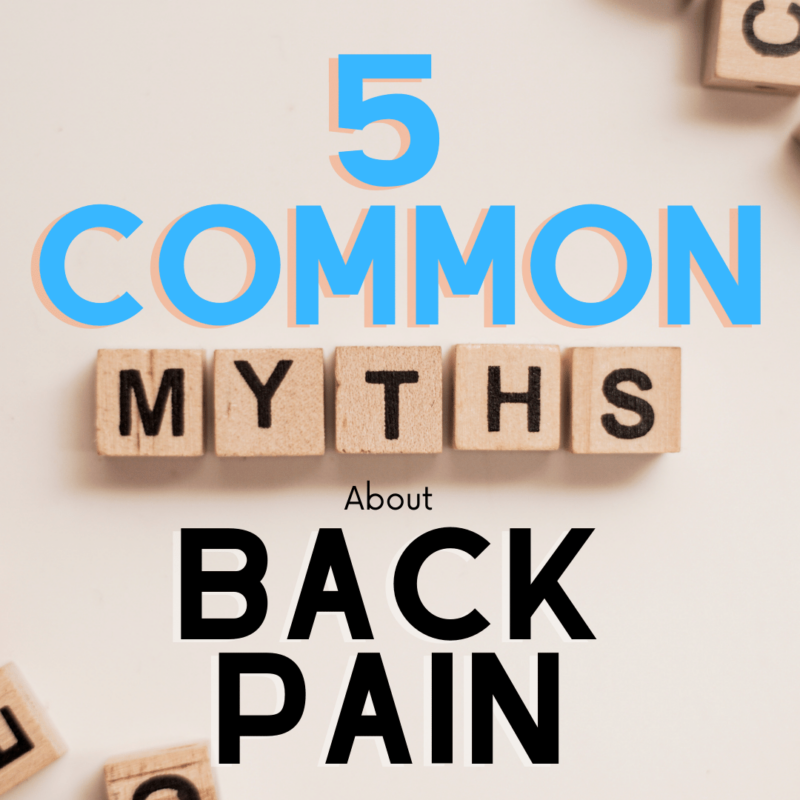Back pain is a common ailment, with the CDC estimating that more than 80% of people will experience back pain at some point in their lives. Despite this, there are still many myths about the causes and treatment for back pain that circulate throughout society. In this blog post, we’ll explore 5 of these myths and provide facts to help you better understand your condition so you can get relief!
Myth: Lifting heavy objects causes back pain
Fact: Lifting heavy objects does not cause back pain unless you are lifting improperly. The correct way is to lift is to squat first and then use your legs to push up. Your spine should be straight and the thing that you are lifting should remain as close to your torso as possible. Lifting this way reduces the amount of strain on your spine, which decreases the likelihood of back pain. With that being said, however, you will still need to avoid lifting objects that are simply too heavy for you.
Myth: Herniated discs require surgery
Fact: When it comes to treating a herniated disc, surgery is only performed as a last resort. In most cases, pain from a herniated disc will resolve itself within 8-12 weeks. Even in cases where the pain does not go away entirely, there are a variety of non-surgical treatments for herniated discs. These include physical therapy, prescription medications, manual manipulation, and spinal injections. While surgery can be used to treat a herniated disc, it is often not the first option.
Myth: Sitting up straight prevents back pain

Fact: Posture is definitely important when it comes to preventing and managing back pain, however this doesn’t mean that you need to constantly sit up straight. In fact, spending too much time in any one position can contribute to back pain. This includes sitting up straight. Instead it is recommended to change positions a few times a day in order to stretch your back.
Myth: Bed rest fixes back pain
Fact: Resting after a back injury can reduce pain, however spending a prolonged amount of time in bed can also cause pain. As mentioned before, remaining in any one position too long can ultimately lead to back pain. This is partially due to the fact that spending too much time in bed deconditions the spinal muscles, which decreases their ability to provide necessary support to the spine. Lying down also causes your spinal discs to fill with fluid, which increases their size and can also increase the risk of herniation. Finally, laying down for extended periods of time can actually change the natural shape of your spine by making it less curved and more flat.
Although it may seem tempting to rest in bed, research actually indicates that staying active is a better option for relieving back pain. Physical activity has been shown to increase blood flow, improve muscle flexibility, nourish spinal discs, and strengthen the joints. Low-impact exercises work best for decreasing back pain, however it is recommended to consult with a spinal specialist before starting any exercise program.
Myth: Back pain never goes away and can get worse
Fact: Some people believe that once back pain starts, it will never end. The truth is that most people recover within a few months. Even those who experience chronic back pain experience periods of relief in between episodes. With that being said, however, it is important to accurately address the cause of your back pain. In some cases treatments can eliminate back pain or significantly reduce its impact on your life. Seeking regular treatment can also help you prevent episodes and/or minimize their severity and longevity.
In Conclusion
The myths and facts we’ve discussed in this blog post should help you better understand the causes and treatments for back pain. Whether you’re dealing with lower back pain or upper back pain, these misconceptions about your condition can be corrected with a little more information. If you have been experiencing back pain and don’t know where to start, give our office a call!










